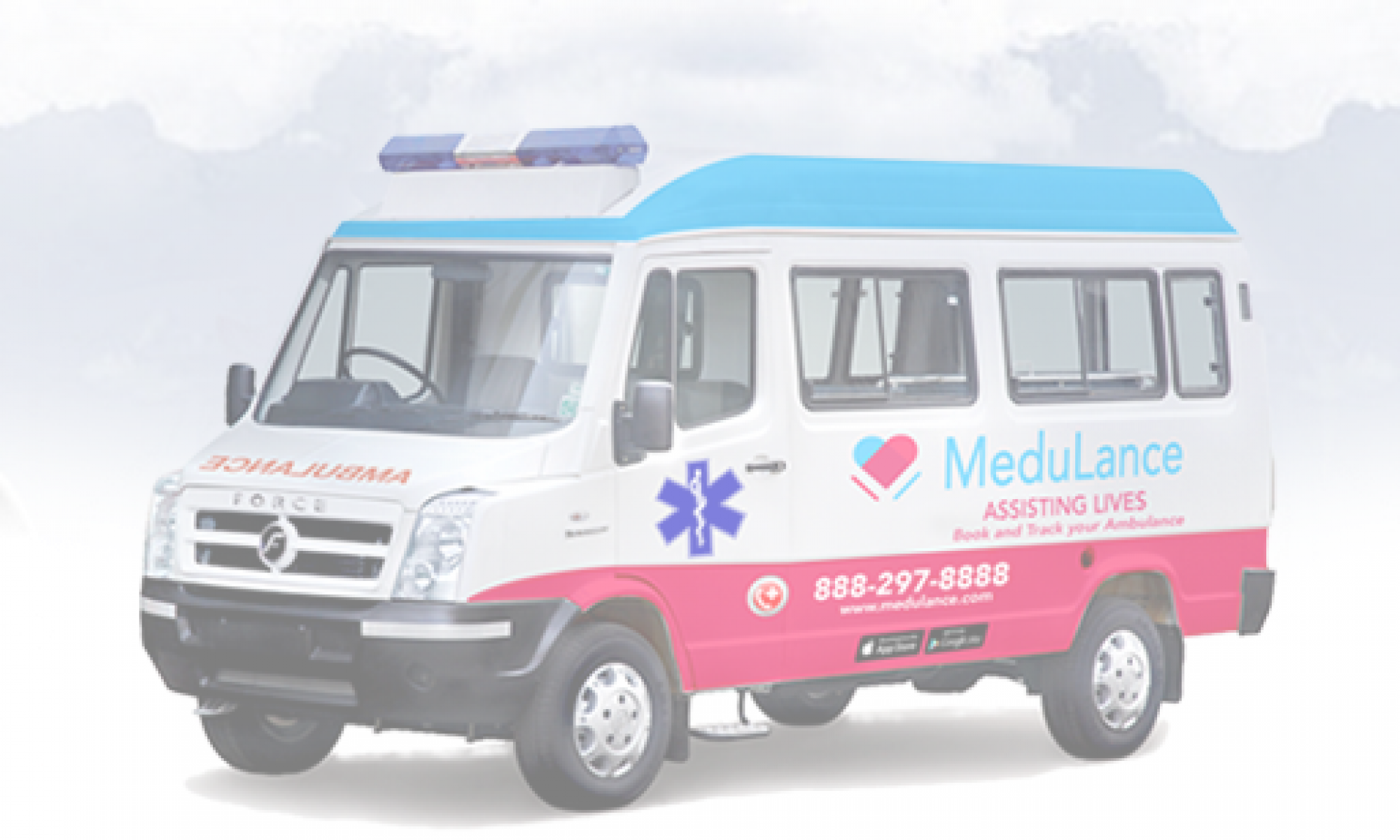Emergency Medical Services (EMS) plays a crucial role in disaster response and relief. Emergency responders are often the first on the scene of any disaster, providing essential medical care and services to those affected by the calamity. Unfortunately, EMS can be overlooked or underutilized in such scenarios. From having insufficient supplies to lack of training and resources, it’s important to understand the importance of EMS in disaster response and how we can better equip these responders with the right tools and support they need.
Importance of EMS in disaster response
Emergency medical services (EMS) play a vital role in disaster response. EMS providers are often the first on the scene of a disaster, and their quick response can mean the difference between life and death.
EMS providers are trained to provide rapid and effective medical care in a variety of settings, including mass casualty situations. They also have experience dealing with the psychological effects of disasters, which can be a critical component of recovery for survivors.
In addition to their direct response capabilities, EMS providers also play an important role in coordinating with other agencies during a disaster. Their knowledge of the local area and resources can be invaluable in getting help to those who need it most.
The bottom line is that EMS providers are an essential part of any disaster response team. Their skills and experience can make all the difference in a crisis situation.
Types of Disasters and Role of EMS in Disaster Response
There are many types of disasters that can occur, ranging from natural disasters like hurricanes and earthquakes to man-made disasters like oil spills and terrorist attacks. In each case, the role of emergency medical services (EMS) is crucial in providing prompt and efficient care to those affected.
EMS crews are often the first responders on the scene of a disaster, and their quick actions can mean the difference between life and death for many victims. They are trained to deal with a variety of medical emergencies, and they have the necessary equipment to provide care in even the most difficult situations.
In addition to treating patients, EMS crews also play an important role in evacuating people from danger areas and transporting them to safety. They may also be called upon to provide assistance in search and rescue efforts, as well as helping to set up temporary shelters for displaced persons.
No matter what type of disaster occurs, EMS crews will be there to provide vital assistance. Their skills and dedication help to ensure that many people survive these tragic events.
Planning, Coordination and Training of EMS Teams in Disaster Response
Organizing for disaster response is a complex and ongoing process that requires the involvement of many stakeholders, including emergency medical services (EMS) providers. EMS teams must be properly trained and equipped to respond to a wide range of disasters, from natural disasters such as hurricanes and earthquakes to man-made disasters such as terrorist attacks.
In order to ensure that EMS teams are prepared to respond effectively to disasters, it is essential to have a well-coordinated plan in place. This plan should delineate the roles and responsibilities of each EMS provider, as well as the specific training and equipment that will be needed. Additionally, it is important to conduct regular drills and exercises so that everyone involved knows what to do in the event of a disaster.
By taking these steps, EMS providers can play a vital role in ensuring that their communities are prepared for disaster response.
Conclusion
In conclusion, emergency medical services (EMS) play a vital role in disaster response. EMS providers are trained to respond to emergencies and provide care in difficult and dangerous situations. They often work closely with other first responders, such as firefighters and police officers, to ensure that people in need of medical assistance receive the care they need.
EMS providers are also trained to use special equipment, such as defibrillators and oxygen tanks, that can be used to save lives in an emergency. In addition, EMS providers typically have access to a wide range of medical supplies and medications that can be used to treat a variety of injuries and illnesses.
The quality of training that EMS providers receive is extremely important. EMS providers must be able to quickly assess a situation and make decisions about the best course of action. They must also be able to effectively communicate with other members of the response team and keep calm under pressure.
